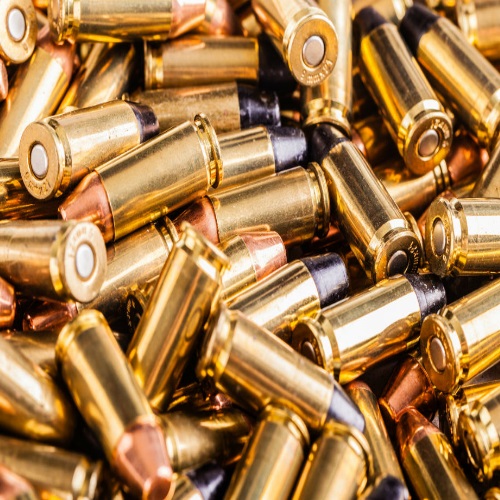Just watching " 3:10 to Yuma" on Netflix
So an Old West period movie.
My question is more specific to the energy of the Firearm rounds had back in this day?
Modern day firearm rounds have fungible predictable 'power' or energy released that can obviously be measured with modern technology and the loading of each round is a known quantity.

 gunivore.com
gunivore.com
So 9 mm Parabellum , a fairly ubiquitous round has an energy output of 567 to 676 Joules.
So does anyone know what a typical energy / joule output would be of revolver round back in the days of the Wild West?
I'm assuming the quality and refinement of the gunpowder was variable and due to tooling manufacture margins and tolerances within the handgun themselves were not as accurate meaning less energy transmitted.
So anyone have any knowledge on this?
So an Old West period movie.
My question is more specific to the energy of the Firearm rounds had back in this day?
Modern day firearm rounds have fungible predictable 'power' or energy released that can obviously be measured with modern technology and the loading of each round is a known quantity.

The 9mm Bullet: 9x19mm Parabellum Definitive Guide
The 9mm, one of the most essential rounds in history, is covered in one of the most essential features - our 9mm Bullet: 9x19mm Parabellum Definitive Guide
So 9 mm Parabellum , a fairly ubiquitous round has an energy output of 567 to 676 Joules.
So does anyone know what a typical energy / joule output would be of revolver round back in the days of the Wild West?
I'm assuming the quality and refinement of the gunpowder was variable and due to tooling manufacture margins and tolerances within the handgun themselves were not as accurate meaning less energy transmitted.
So anyone have any knowledge on this?
Last edited:

